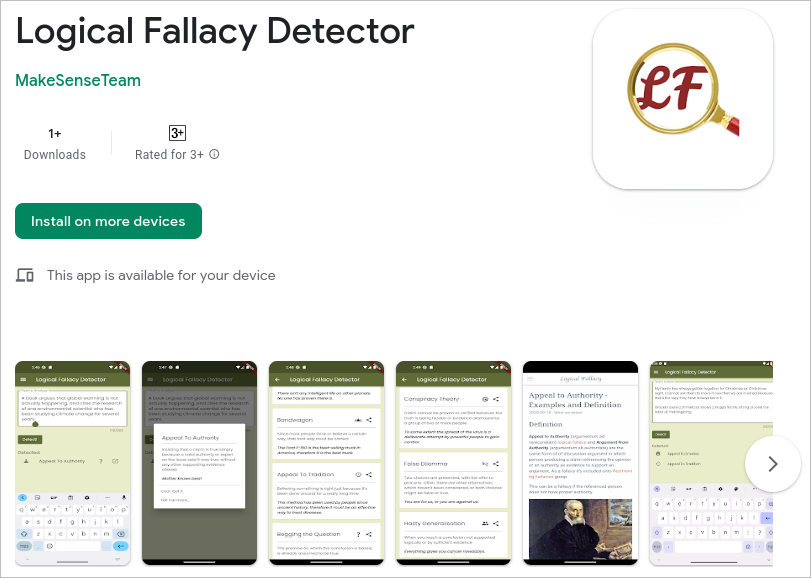Annotated Logical Fallacies Dataset for Training AI - Review
Logical Fallacy Detector and Dataset
A new paper published in Feb 2022 (v1) - May 2022 (v2) “Logical Fallacy Detector” by Zhijing Jin and others, has a dataset “Logic” of annotated logical fallacy examples as an open-source appendix. This dataset is available on https://github.com/causalNLP/logical-fallacy . In case the original repo is not online - the Sep 2022 copy of the repository is available on https://github.com/tmakesense/logical-fallacy/tree/main/original-logical-fallacy-by-causalNLP .
This publication arxiv:2202.13758 has on the top of the annotation page


